Dr. Andrew Huberman's "foundational fitness protocol" is a comprehensive approach to physical fitness designed to enhance health, longevity, and aesthetic balance. It can be tailored to fit individual needs while following the best scientific practices for immediate and long-term health. In this blog, we will break down his principles so you can apply them to your routine right away!
Key Takeaways
-
Dr. Andrew Huberman’s foundational fitness protocol offers a holistic and flexible approach to fitness, targeting strength, hypertrophy, endurance, and cardiovascular training, which can be customized to individual needs and schedules.
-
Effective resistance training, according to the protocol, involves selecting exercises that target muscle groups in both shortened and lengthened positions, ensuring comprehensive workouts, muscle growth, and strength development.
-
The protocol emphasizes the importance of recovery techniques and considers nutritional supplements while allowing for adjustments in training fasted or fed and adapting to stress and sleep variations.
Introduction
The Huberman’s foundational fitness protocol, designed by Dr. Andrew Huberman, is a culmination of his extensive neuroscience background and profound interest in fitness. His aim is to promote health, longevity, and aesthetic balance through this protocol. But don’t worry, it’s not a one-size-fits-all approach. The protocol is customizable to individual needs and is backed by the latest scientific practices. This protocol aims to safeguard your health in the present and in the long run.
So, what makes this protocol stand out? It addresses all major fitness goals, including:
-
Strength training
-
Hypertrophy training
-
Endurance training
-
Cardiovascular training
This provides a holistic approach to physical fitness. This article will dissect the protocol into manageable portions for seamless integration into your daily routine.
Resistance Training
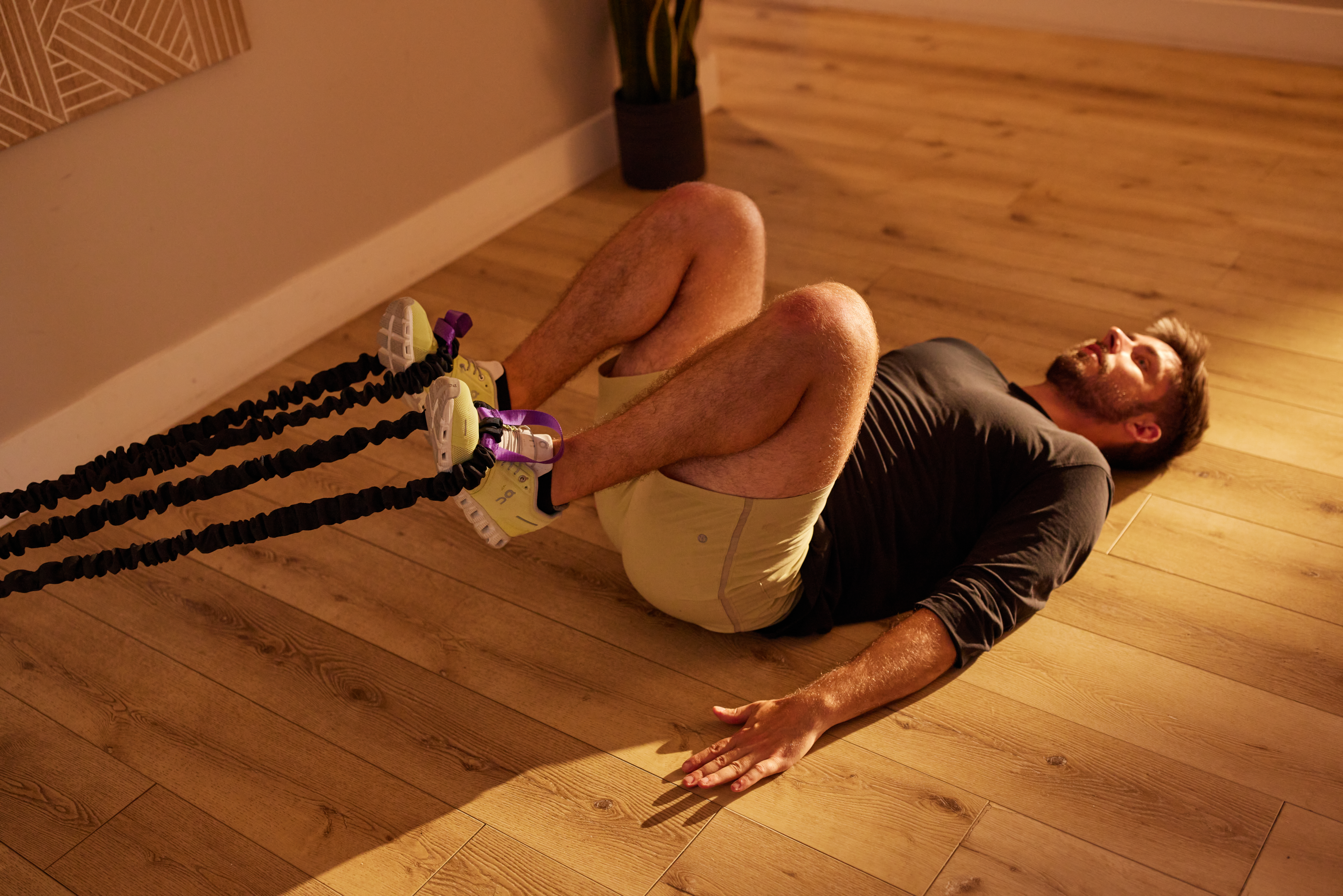
Resistance training forms a significant part of Dr. Huberman’s foundational fitness protocol, which effectively boosts overall health. This protocol focuses on fundamental strength and conditioning exercises to build a strong base for further fitness development. But don’t mistake it for simple weight lifting. It’s much more than that. It’s about optimizing strength and muscle growth through a well-structured and dynamic workout routine, including weight workouts. This includes varying your training schedules and carefully selecting your exercises, all while keeping your workouts within an optimal duration.
The key to effective resistance training lies in exercise selection. You want to choose two exercises per muscle group. The first exercise should focus on bringing the muscle into a shortened or maximally contracted position at the end of the range of motion, like leg curl, seated calf raise, or bicep preacher curl. The second exercise should provide resistance when the muscle group is in a lengthened position, like standing calf raises or incline dumbbell curls. This balance ensures a comprehensive workout promoting muscle growth and strength.
The Foundational Fitness Protocol

This protocol focuses on fundamental strength and conditioning exercises to build a strong base for further fitness development. This protocol is designed to be a weekly routine that targets all major physical fitness goals. No muscle group is left behind. Each one is targeted twice per week - one day directly and another day indirectly. This means you’ll be working on your:
-
strength
-
hypertrophy
-
endurance
-
cardiovascular training
all within a week.
And the best part? You can start Day 1 whenever it makes the most sense in your schedule. The protocol is flexible and adaptable. It can be tailored to fit individual needs and preferences. Whether you’re a beginner just starting your fitness journey or a seasoned athlete aiming for higher goals, this protocol is your roadmap to success.
Should you miss a day, there’s no cause for alarm. You can make up for it later in the week by doubling up on some of your workouts if desired. This can help make up for any missed sessions and still reach your fitness goals. The goal is to keep moving, to keep pushing, and to keep reaching for those major fitness goals.
Protocol Modifications & Notes
Though the foundational fitness protocol follows a structured approach, it allows for modifications tailored to your unique needs, goals, and fitness levels. The exercise suggestions given are not set in stone. The key is to choose exercises that you can perform correctly, with a full range of motion and proper form. Safety is paramount. Make sure to adjust the exercises based on your strengths and weaknesses. Tailoring them to your abilities can help you make the most out of your training.
Day 2 of the protocol, for example, focuses on Leg Resistance Training on three muscle groups, Quadraceps, Hamstrings, and Calves. If you find can't go to the gym on leg days, you can change up the exercises and still turn in a very productive workout day from home. Here are some suggestions from us:
Quadraceps: Leg Extensions with the OmniStrap
Hamstrings: Nordic Curls with OmniBands
Calves: Wall Sit with Heel Raise
And if you decide to adjust workout days, remember to ensure proper recovery time in between. The journey to physical fitness is not about pushing your body to the limit; it’s about understanding and respecting its limits.
Recovery Techniques for Long-Term Well-Being
In fitness, recovery bears as much importance as the workout itself. Without proper recovery techniques, your progress can plateau or even regress. That’s why the foundational fitness protocol incorporates various recovery techniques to support the nervous system and muscle recovery.
Techniques such as physiological sighs and non-sleep deep rest (NSDR) are used to activate the parasympathetic nervous system, which aids in post-workout recovery. To further support the nervous system, slow breathing for 3-5 minutes post-training is used to help transition from an active to a restful state.
One should also not overlook the importance of optimal nerve-muscle communication during recovery, facilitated by a balanced intake of electrolytes like sodium, potassium, and magnesium. All these techniques aid muscle recovery and are grounded in individual variations, which is crucial for effective recovery.
Training Fast vs. Fed
One more facet of the foundational fitness protocol to ponder upon is whether to train on an empty stomach or after eating. Your personal preference is the deciding factor for this. There are no right or wrong choices in this matter. Some people find that they perform better after eating, while others prefer to work out on an empty stomach.
If you’ve just eaten a meal and time is limited, it’s more important to get in the workout than to wait for your food to digest. The key is to listen to your body and do what feels best for you.
Training Obstacles

Life can be unpredictable, often disrupting our training schedule. Illness, poor sleep, stressful events - these are all real-world obstacles that can interrupt our fitness journey. But don’t let these setbacks derail your progress. With the foundational fitness protocol, you can navigate these obstacles and keep moving forward.
For example, if you’re feeling under the weather, you might opt for a shorter, lighter workout. Or if you’re under chronic stress, you might focus on getting a good night’s sleep and double up on workouts later in the week. The point is, there’s always a way to adapt and keep going.
Nutrition and Supplements: What Science Tells Us
Nutrition and supplements significantly support physical performance, muscle recovery, and general health. But with so many supplements on the market, how do you know which ones are right for you? Dr. Huberman advocates for a rational approach to supplementation, tailoring it to individual health, lifestyle, and financial considerations.
To enhance post-training recovery and manage inflammation, supplements like omega-3 fatty acids, vitamin D, and magnesium malate are recommended. For overall health, a range of vitamins, minerals, digestive enzymes, adaptogens, and prebiotics/probiotics can be beneficial. But remember, supplements are just that - a supplement to a balanced diet and regular exercise. They are not a replacement for healthy lifestyle habits.
Cold Exposure vs. Warm Recovery: The Debate on Ice Baths
The discourse on post-workout cold exposure versus warm recovery remains popular in the fitness realm. On one hand, ice baths and cold showers may reduce post-workout inflammation and alleviate muscle soreness. On the other hand, they could potentially impede muscle repair and growth by affecting the muscle-building mTOR pathway.
Dr. Huberman advises waiting for 6-8 hours after resistance training before taking an ice bath to prevent the blunting of strength and muscle hypertrophy improvements. This way, you get the recovery benefits of cold exposure without hindering your muscle adaptation process.
And if you’re up for it, you can even try a week-long protocol of deliberate cold exposure for health benefits associated with cold therapy.
Achieving Aesthetic Balance Through Structured Training
Fitness encompasses not only strength and endurance but also aesthetics, which is a key aspect. A well-proportioned physique is not only pleasing to the eye but also important for functional movement and physical performance.
The foundational fitness protocol recognizes this and incorporates a structured training approach that focuses on achieving aesthetic balance. This involves cultivating symmetrical muscle mass and properly proportioned muscle groups, which contribute to decreased injury risk and enhanced athletic performance.
Exercises for Symmetry: Incline Dumbbell Curls and Seated Calf Raise
Achieving aesthetic balance in fitness training begins with choosing the appropriate exercises. Incline Dumbbell Curls and Seated Calf Raises, for instance, are beneficial exercises for promoting symmetry and balance in the body’s musculature. These exercises target specific areas, helping create a balanced muscular physique.
But it’s not just about how these exercises shape your body. It’s also about how they improve your muscle symmetry and proportions. Resistance training involves choosing two exercises for each muscle group - one that brings the muscle into a shortened position and another that puts the muscle group in a lengthened position. This balance is crucial for aesthetic symmetry and overall physical performance.
Flexibility and Muscle Length: Why It Matters
Flexibility and muscle length are often overlooked aspects of fitness, but they play a vital role in both functional movement and physical appearance. Stretching can improve muscle elasticity and increase the range of motion in joints, positively impacting both your performance and your physique.
Exercises that are critical for maintaining muscle length and enhancing flexibility and muscle extensibility include:
-
Standing Calf Raises
-
Tibialis Raises
-
Dynamic stretching
-
Static stretching
-
Pre-contraction stretching
These exercises contribute to both functional purposes and aesthetic appeal in fitness training.
Enhancing Focus and Clarity Through Exercise
Although the primary goal of the foundational fitness protocol is physical fitness, it also holds a substantial cognitive aspect. Regular physical activity can enhance your mental abilities, improving memory, reading comprehension, and mathematical skills in children and young adults. So, while you’re working on your physique, you’re also boosting your brainpower through the principles of behavioral sciences.
Moreover, the protocol incorporates several practices that enhance mood, focus, and energy levels. Some of these practices include:
-
Maintaining visual focus during exercise, which can have a direct and beneficial impact on cognitive focus and mental clarity, a concept related to vision science.
-
Cold exposure, such as ice baths, which can lead to a prolonged release of dopamine, suggesting the possibility of sustained mood and cognitive benefits.
-
Shifting your breathing patterns, which can shift your brain and body state, influencing focus, mood, physical capacity, and sleep quality.
Now that’s a holistic approach to fitness!
Harnessing the Power of Stress and Sleep in Your Routine
Sleep and stress are two powerful factors that can significantly impact your fitness journey. Good quality sleep is a non-negotiable aspect of overall health. It impacts:
-
Memory consolidation
-
Cognitive functions
-
Immune system support
-
Hormone production
-
Mental well-being
And when it comes to fitness, adequate sleep plays a crucial role in muscle recovery and growth.
But what happens when sleep is compromised? Long-term sleep deprivation can undermine long term health, affecting both physical and mental well-being. That’s why it’s so important to practice good sleep hygiene, which includes regular sleep routines, managing blue light exposure, and syncing with natural light during the day.
Strategies for Stress Reduction
Like sleep, stress too can have a profound effect on your fitness journey. Chronic stress can lead to a host of health issues, including trouble sleeping, weight gain, and even heart disease. But stress isn’t always a bad thing. In fact, stress can be a powerful motivator, pushing us to reach our fitness goals. The key is to manage it effectively. The foundational fitness protocol incorporates various stress reduction techniques, such as physiological sighs and box breathing.
A physiological sigh, which involves two sharp inhales through the nose and one extended exhale through the mouth, can provide immediate stress relief. Regular practice of physiological sighs can help reduce overall stress levels, contribute to relaxation, and improve sleep quality and mood.
Box breathing, which includes deliberate breath control and CO2 discard, is another effective stress management strategy. It can reduce anxiety and potentially improve performance during physical activities, thanks to the use of science based tools like this technique.
Sleep's Role in Muscle Recovery and Performance
Examining the role of sleep in muscle recovery and performance more closely reveals its importance. After a strenuous workout, your muscles need time to repair and grow. Good quality sleep plays a crucial role in this process. In fact, most muscle repair and growth happens during deep, restorative stages of sleep. Dr. Huberman advises against engaging in cold exposure close to bedtime as it may interfere with muscle recovery during sleep. Instead, he recommends doing it earlier in the day.
But what if you work irregular hours or frequently travel across time zones? This can disrupt your sleep schedule and, as a result, your muscle recovery. To improve sleep quality and enhance muscle recovery in such situations, strategies like timed light exposure and melatonin usage can be beneficial. Remember, sleep is not a luxury; it’s a necessity. Prioritize it, just as you would your workouts.
Summary
This protocol is not just about achieving physical fitness goals. It’s about enhancing your overall health and well-being, taking into account your sleep, stress levels, nutrition, recovery, and even mental clarity. It’s a holistic approach to fitness, backed by science and tailored to individual needs.
Remember, the journey to fitness is not a sprint; it’s a marathon. It’s about consistency, dedication, and understanding your body’s needs. And with the Foundational Fitness Protocol, you have a clear roadmap to success. So, are you ready to take the first step towards a healthier, fitter, and happier you?
Frequently Asked Questions
What is the Foundational Fitness Protocol?
The Foundational Fitness Protocol is a comprehensive approach to physical fitness designed by Dr. Andrew Huberman, incorporating resistance training, cardiovascular training, nutrition, and recovery, aiming to enhance health, longevity, and aesthetic balance.
What are the key principles of resistance training in this protocol?
The key principles of resistance training in this protocol are periodization, exercise selection, and optimal workout duration. This involves alternating between two training schedules monthly, choosing two exercises per muscle group, and keeping workouts to 50-60 minutes of intense work after a warm-up.
How can I adjust the protocol to fit my needs?
You can adjust the protocol by selecting exercises that suit your abilities and altering the workout schedule to allow for adequate recovery between sessions. This flexibility allows you to tailor the protocol to your individual needs and goals.
What role do sleep and stress play in this protocol?
Good quality sleep is essential for muscle recovery and overall health, while chronic stress can undermine physical and mental health. The protocol includes strategies to improve sleep and manage stress effectively.
Are supplements necessary in this protocol?
Supplements are not necessary for this protocol, but they can be beneficial for physical performance, muscle recovery, and overall health, depending on individual factors. It's important to take a rational approach when considering supplementation.
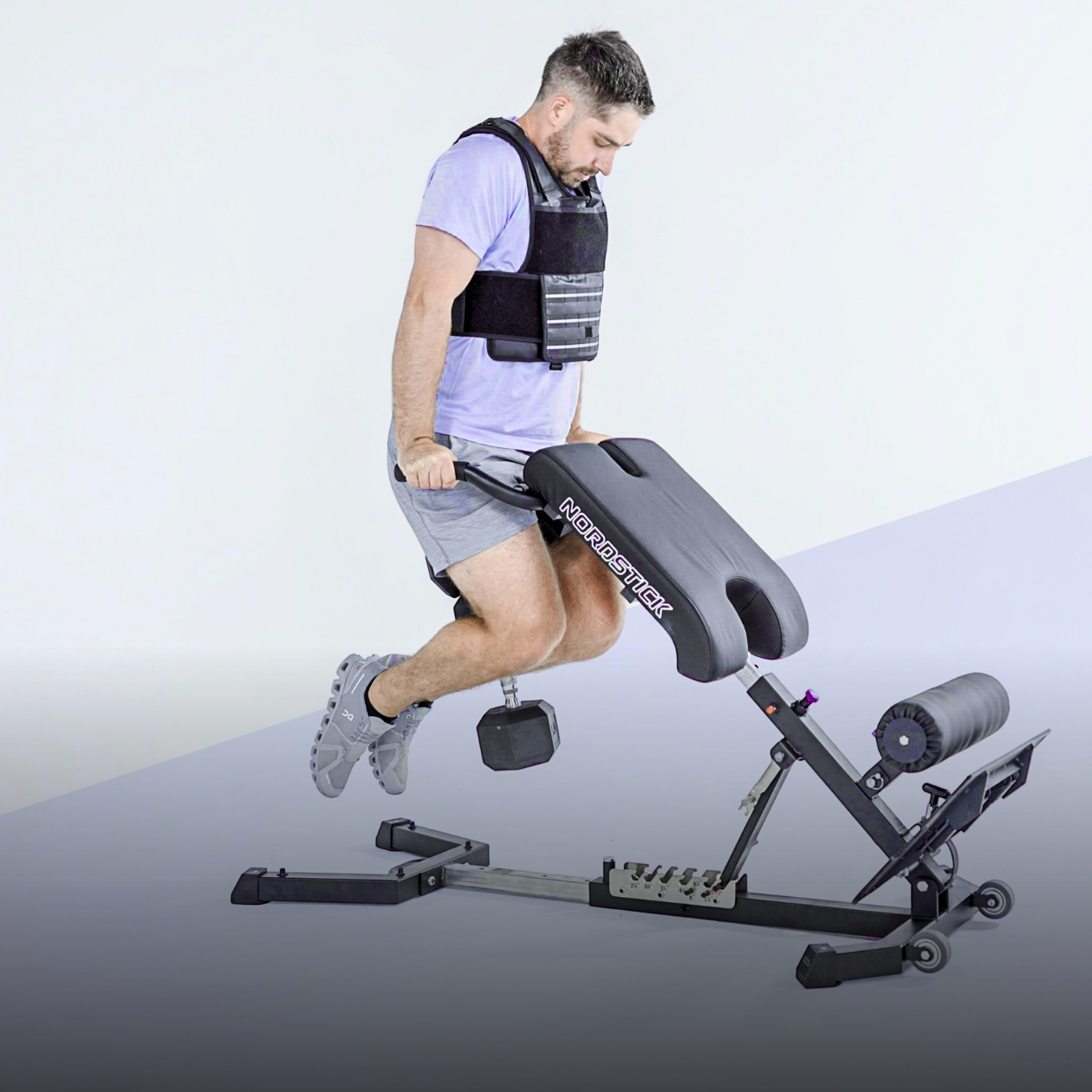
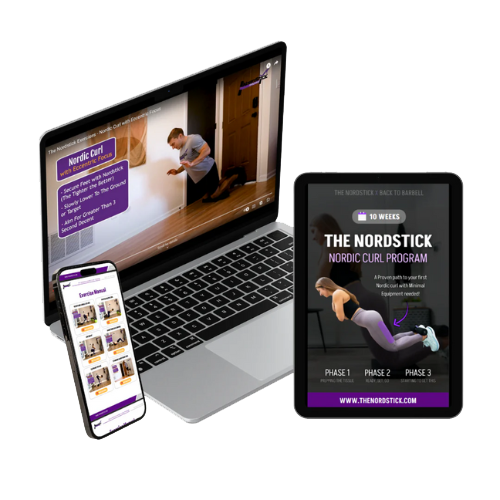
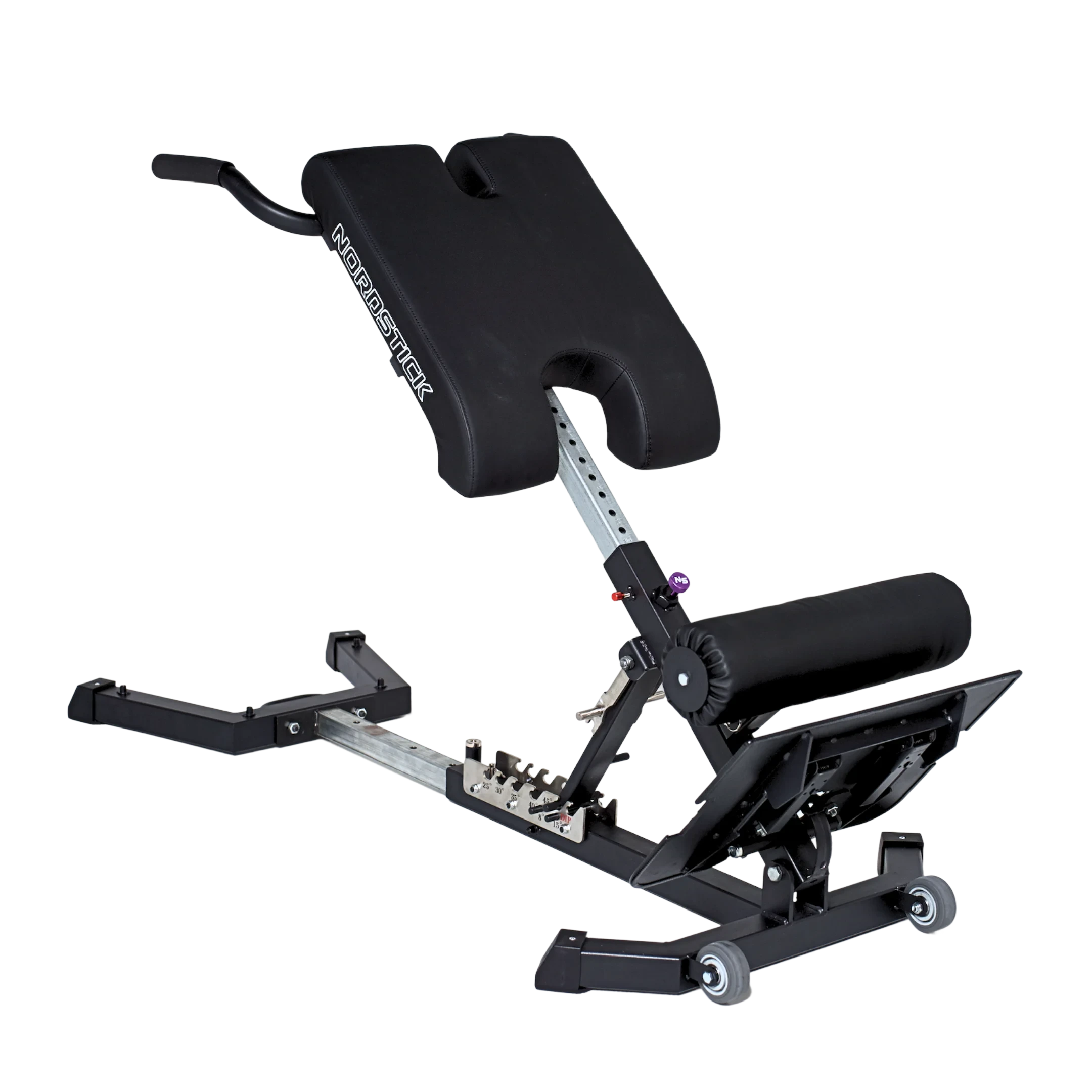
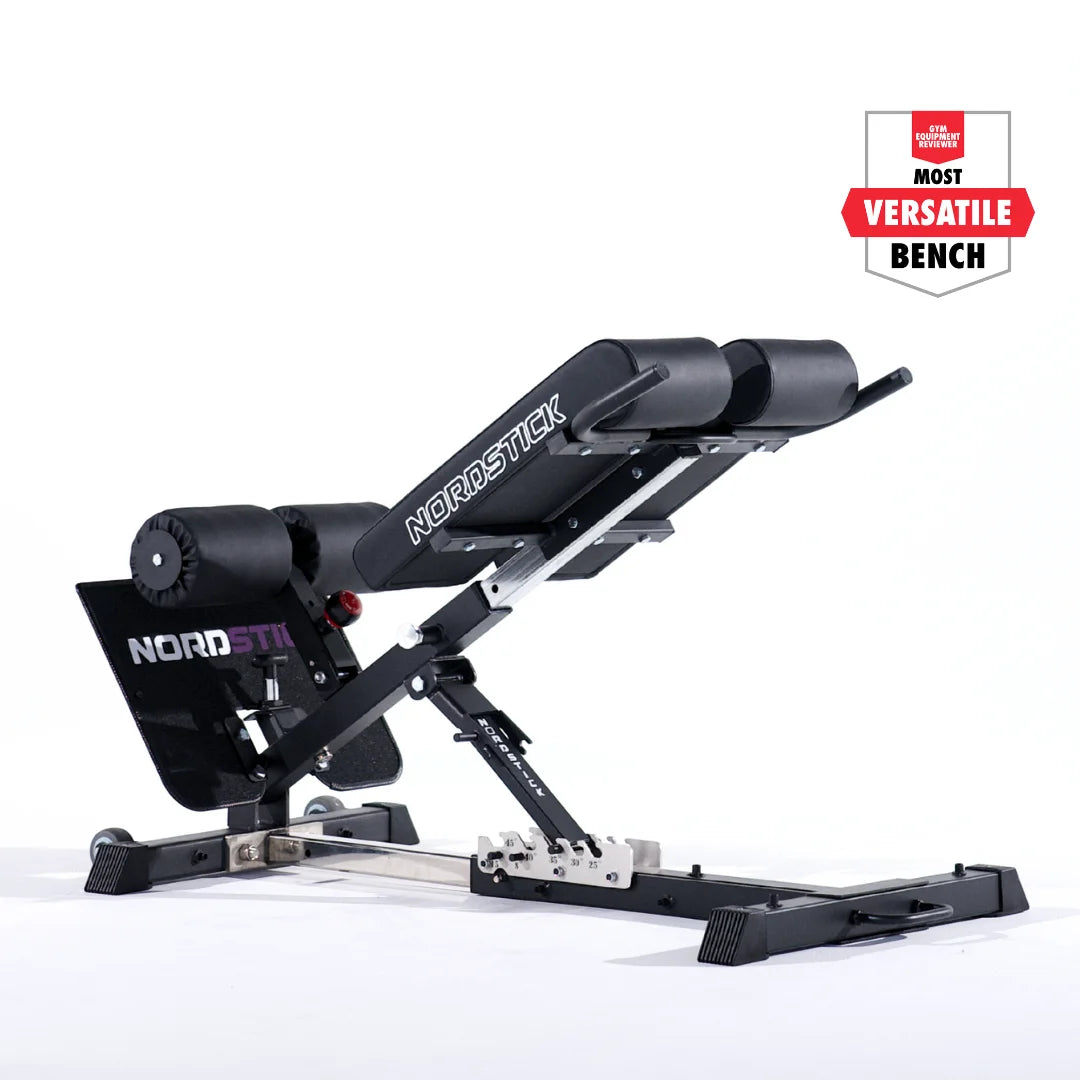








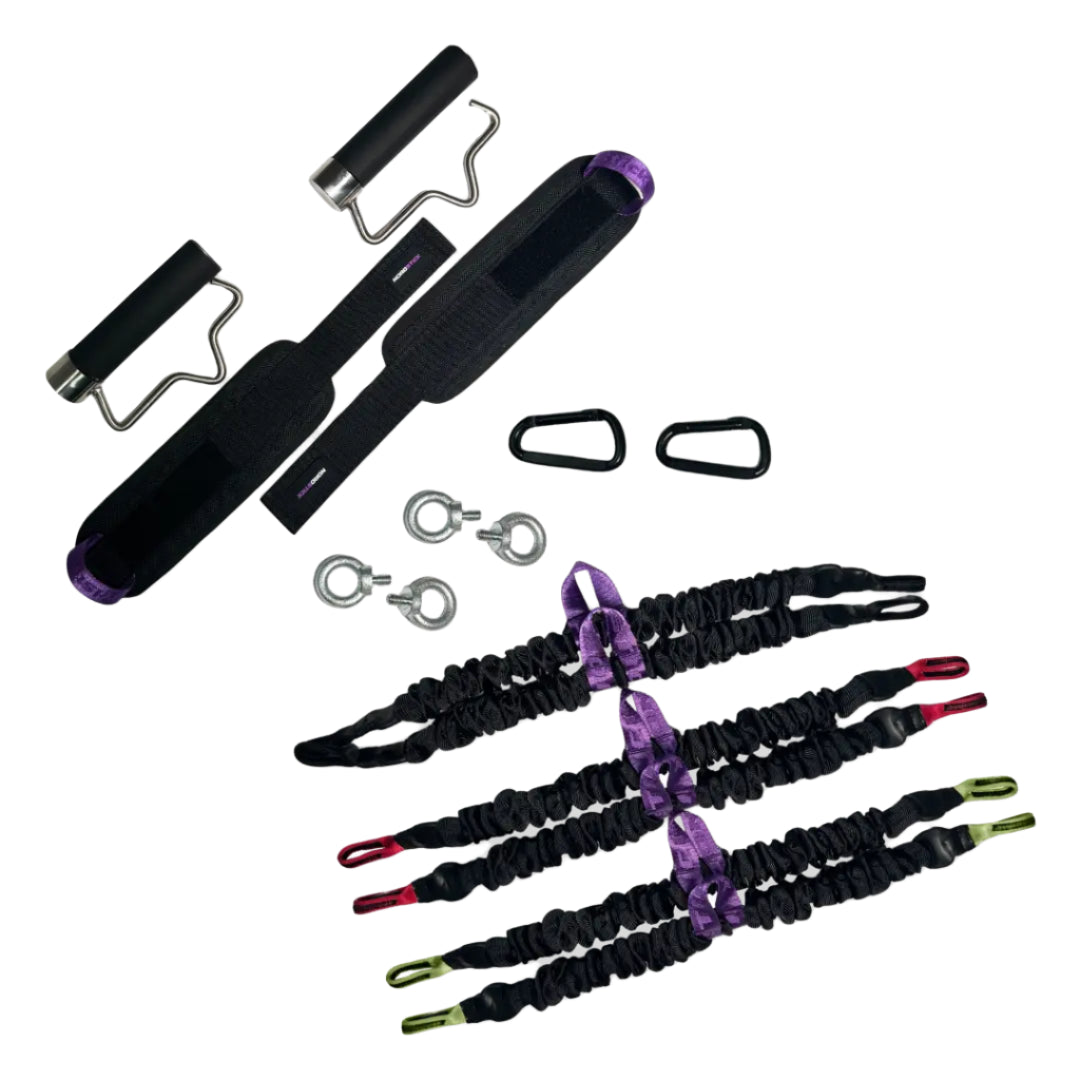
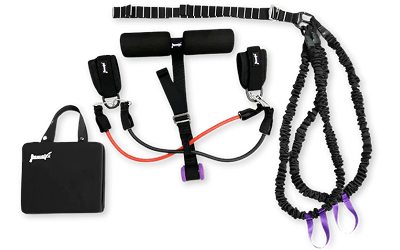
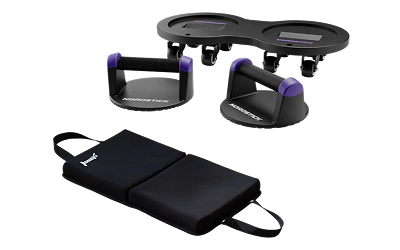
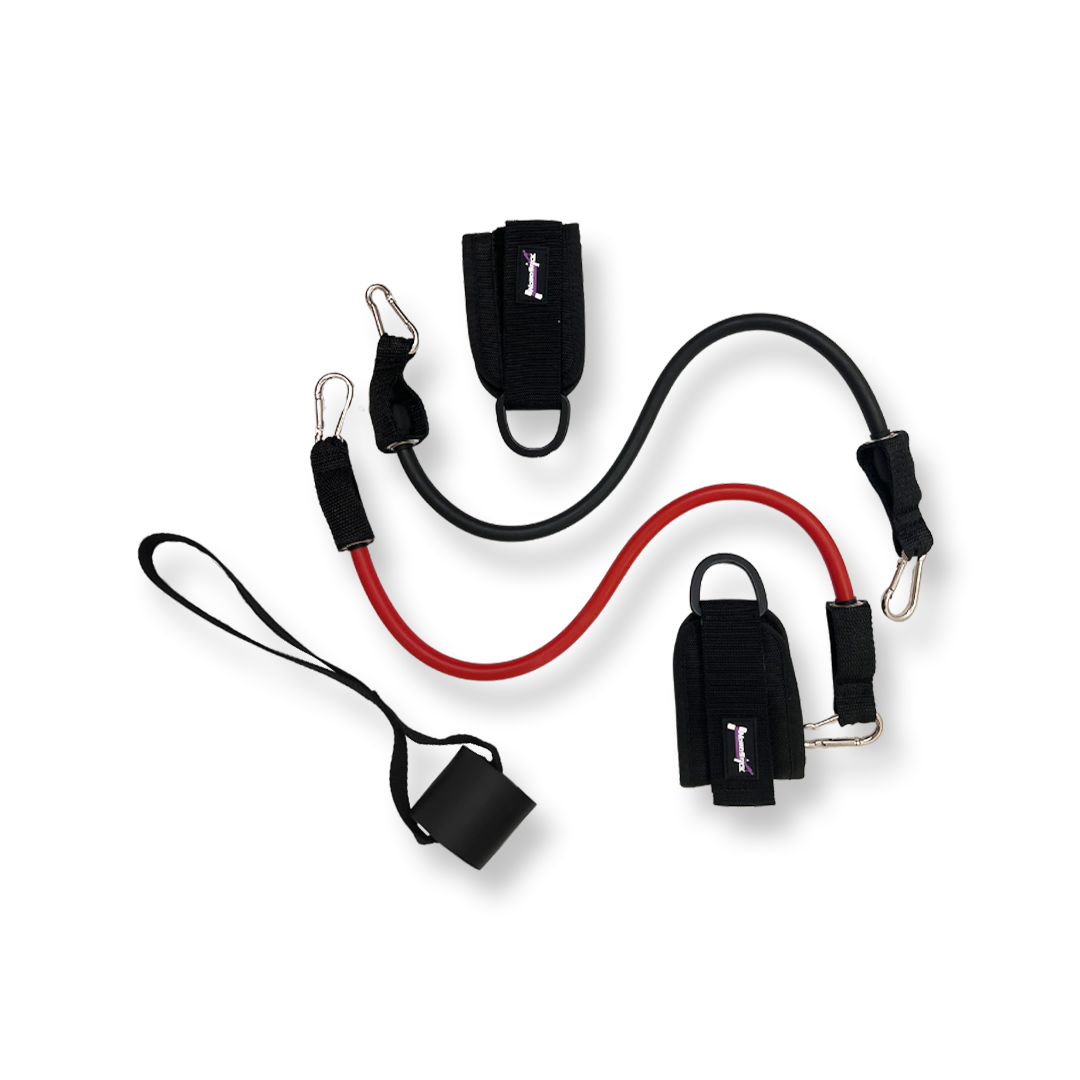
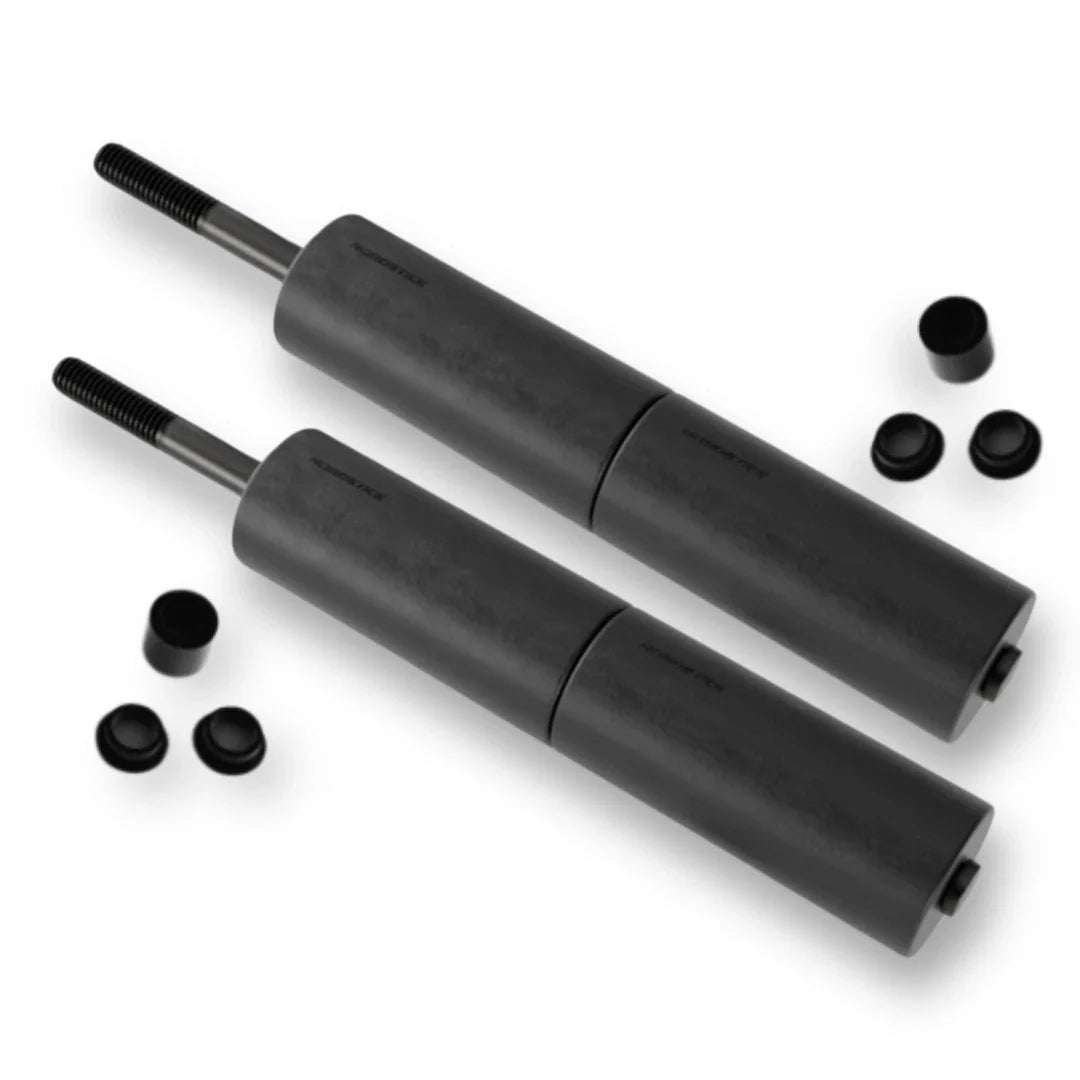
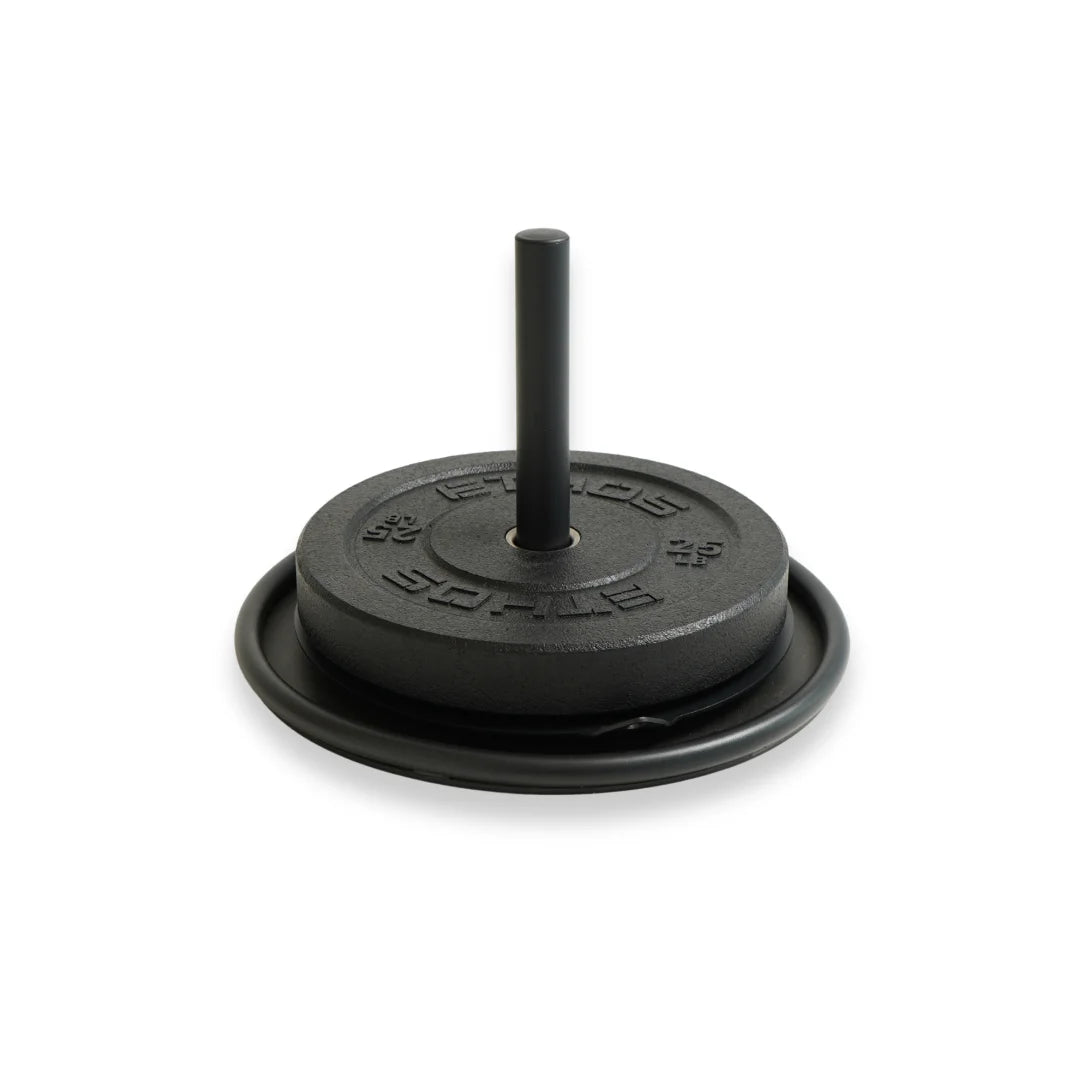
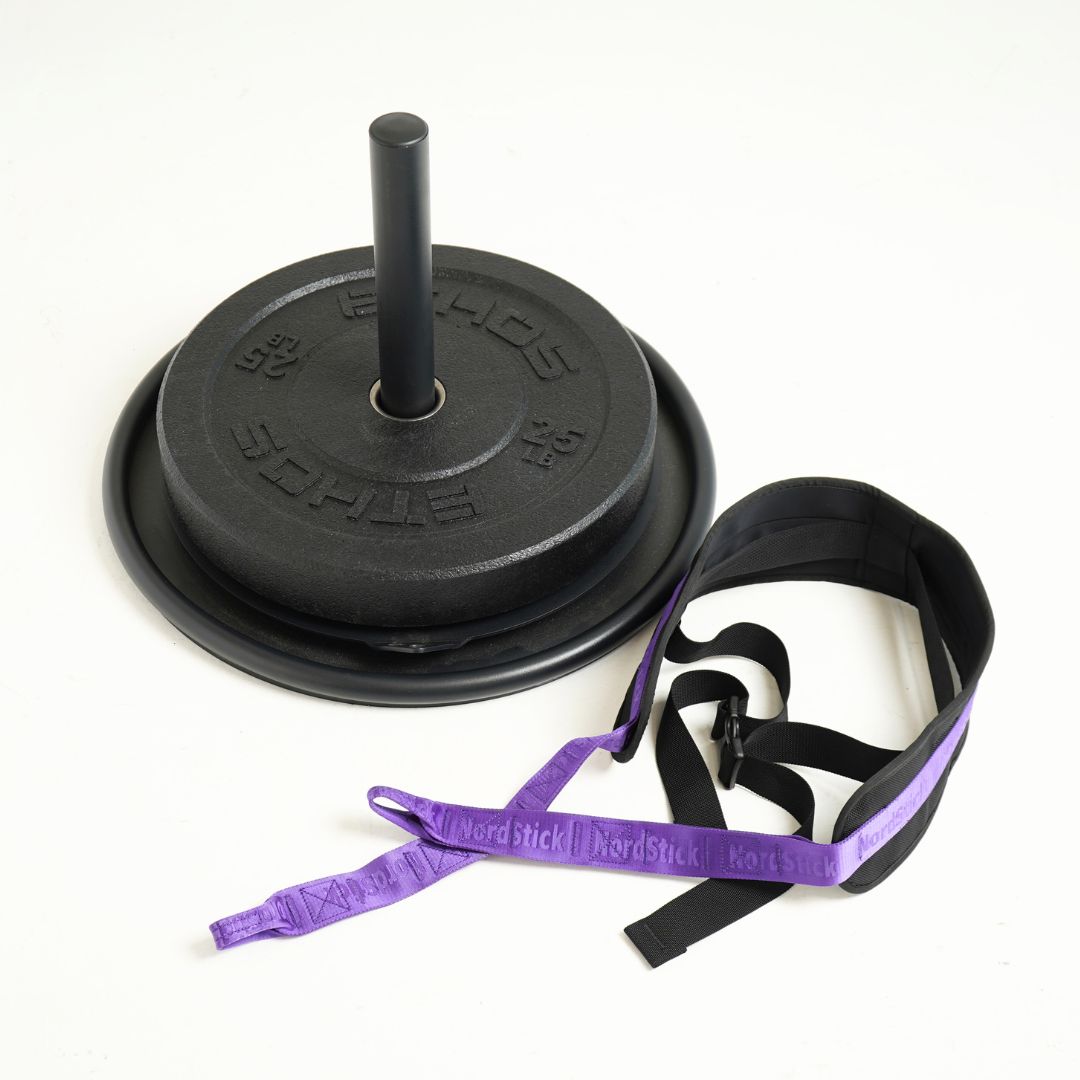
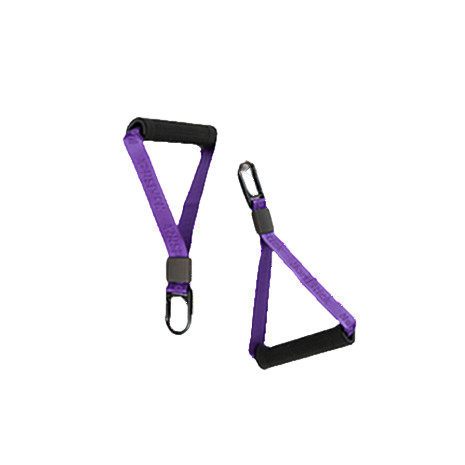

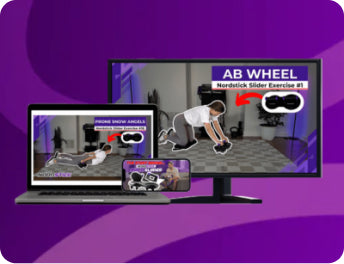


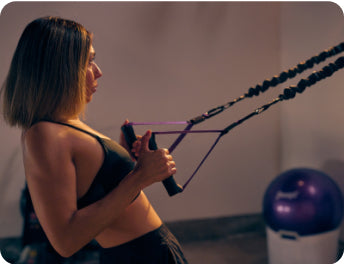


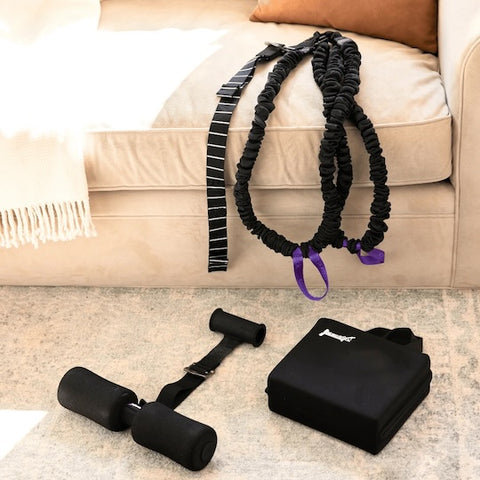

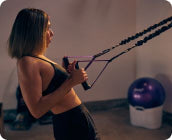
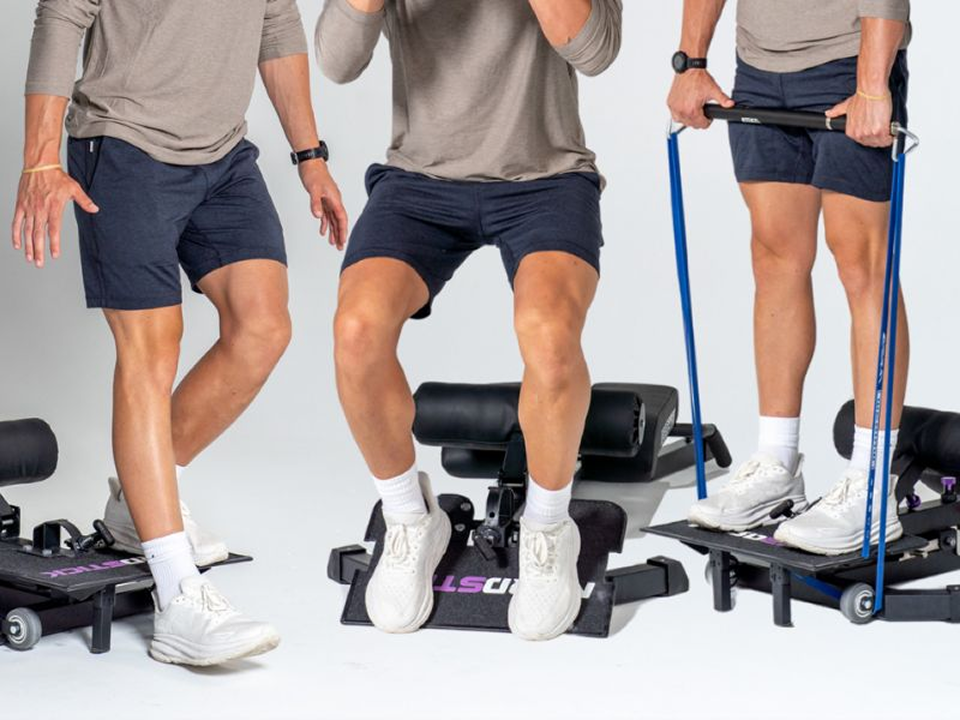
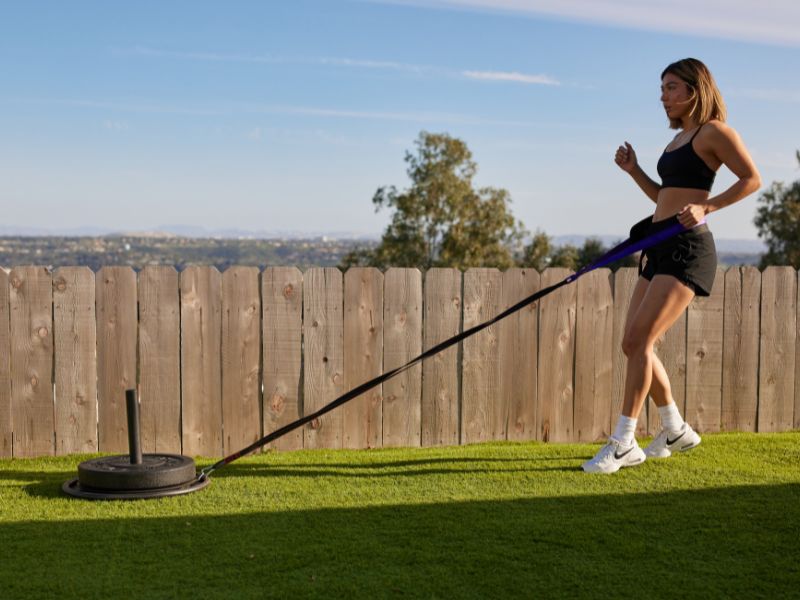
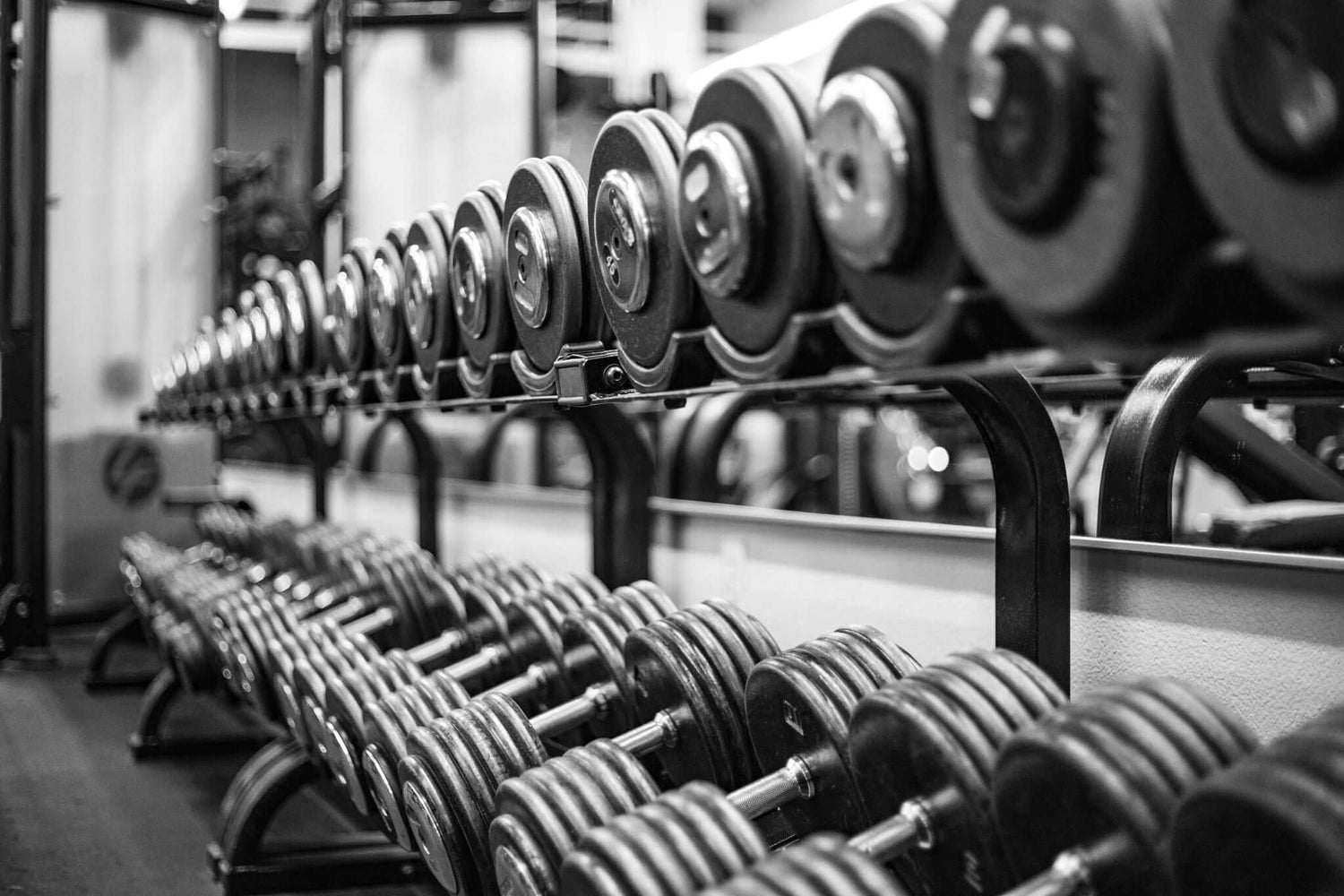
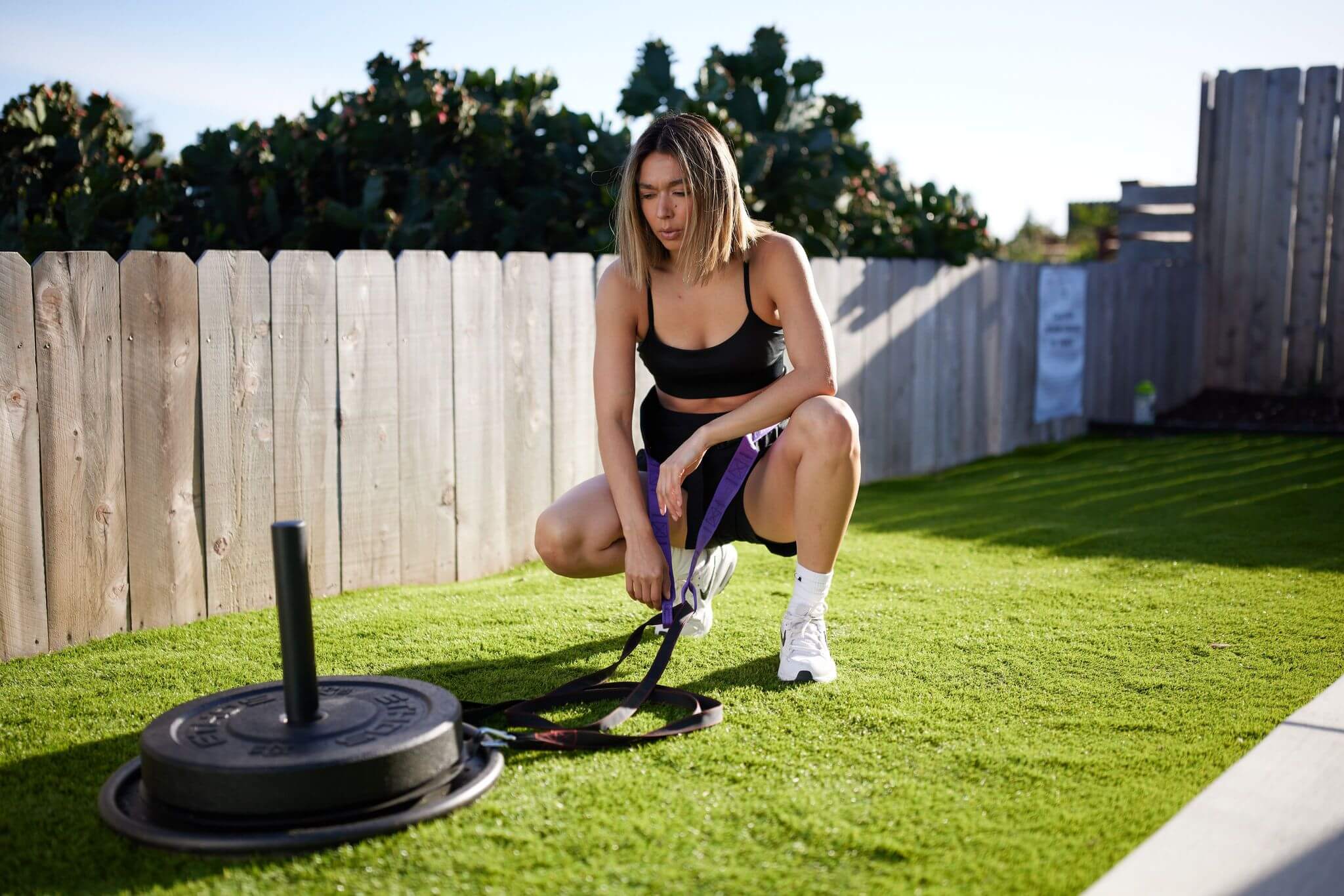

Leave a comment
This site is protected by hCaptcha and the hCaptcha Privacy Policy and Terms of Service apply.